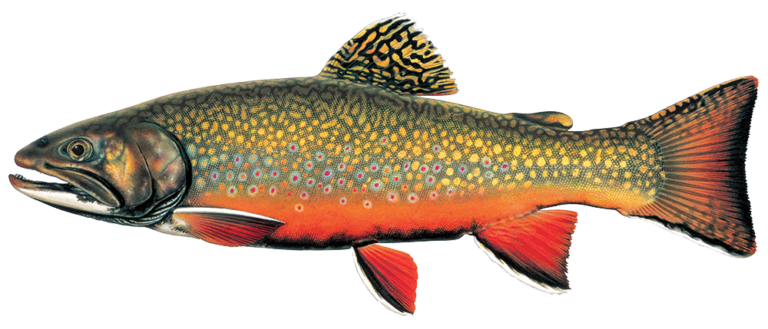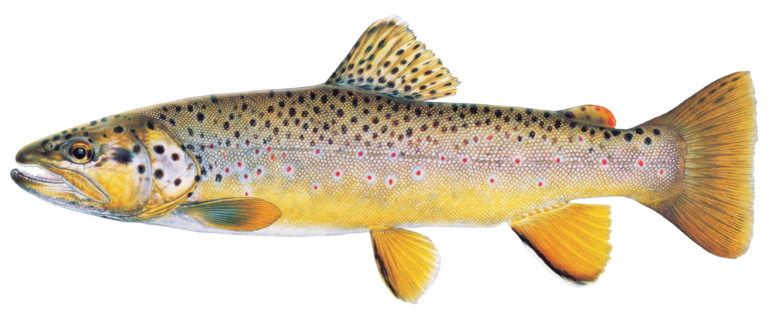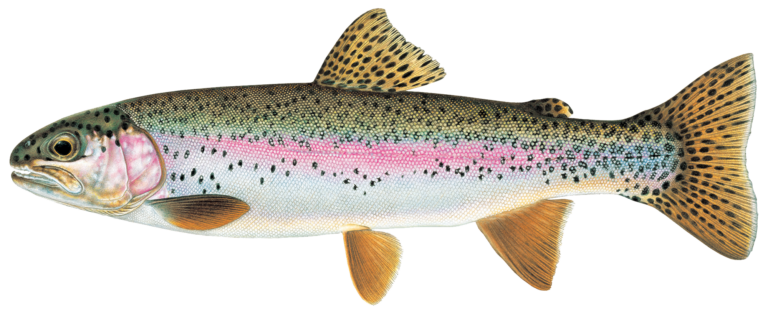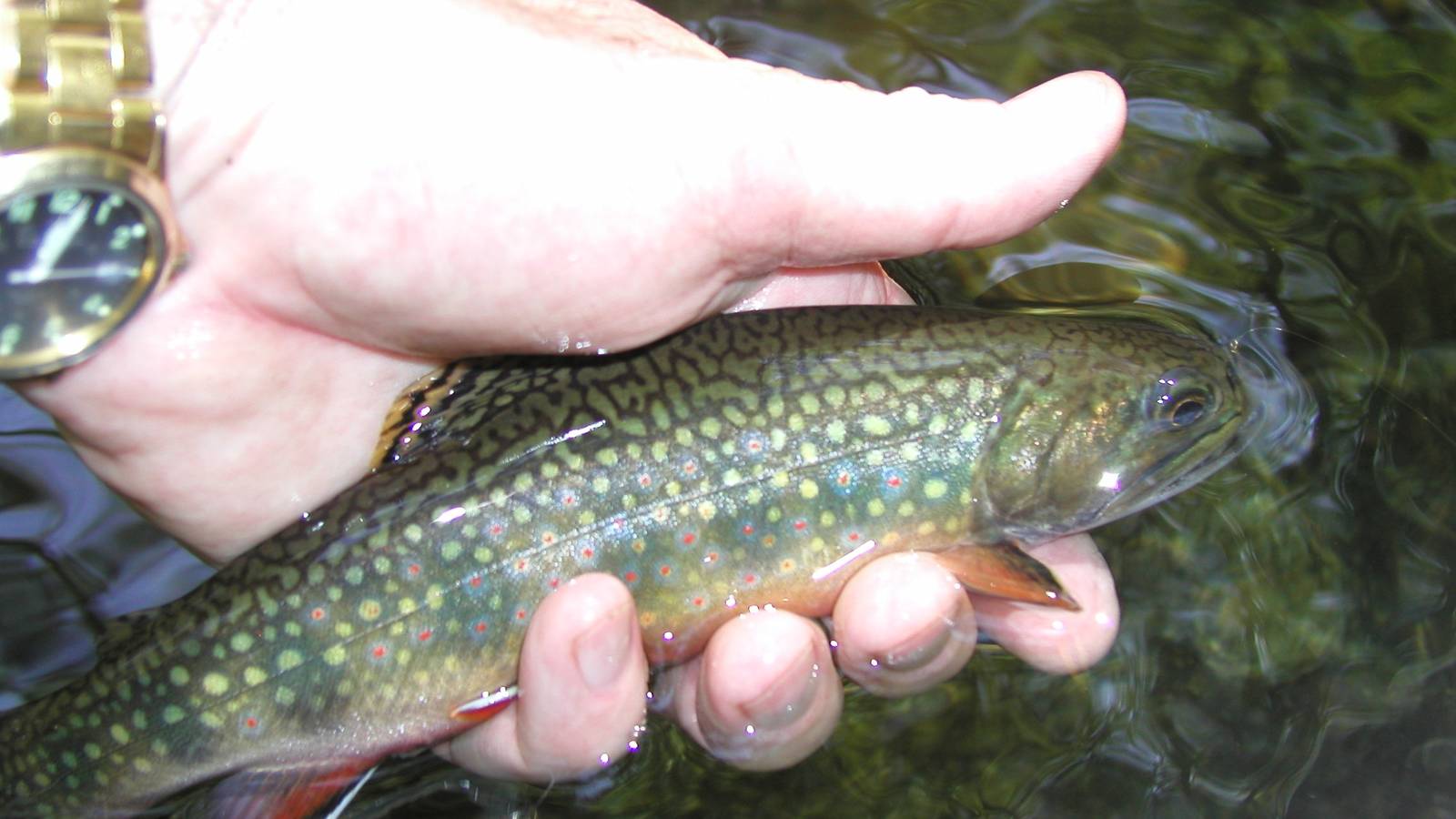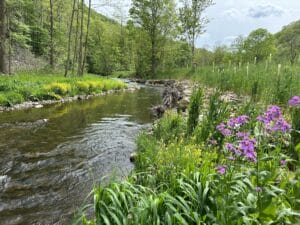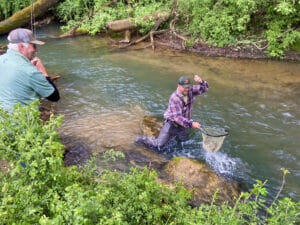Virginia

Overview
In Mossy Creek, trophy browns fin under undercut banks, waiting for prey. Not far away, native brook trout hold lazily in the North River as it tumbles through rugged national forest lands. In the Mount Rogers National Recreation Area, anglers ply cool mountain streams under the watchful eyes of wild ponies. Virginia’s wild trout resources are rich and diverse, and that is captured in the state’s slate of Priority Waters. The list includes the Blue Ridge Mountains and its more than 500 miles of Appalachian brook trout water, as well as headwaters of the majestic Shenandoah and James River watersheds. Trout Unlimited is working across this landscape to enhance these wild trout strongholds, not only improving habitat for trout but also helping to improve water quality flowing into the Chesapeake Bay.
Threats & Opportunities
Though they are located at high elevations and largely in maturing forests, Virginia’s trout streams nonetheless face threats from rising temperatures. Improving habitat and connectivity will make these streams and their fisheries more resilient in the face of a warming climate.
How We Work
Reconnection and Restoration
We have been restoring trout waters in the upper James and Shenandoah watersheds since 2009, improving habitat on dozens of stream miles while removing barriers to fish passage. By working with state, federal, and private partners, we are restoring an additional 100 stream miles over the next five years. Tactics include establishing and repairing riparian buffers, stabilizing streambanks, removing barriers within streams, and working with landowners to implement livestock exclusion techniques to protect vulnerable streams. On streams like Mossy Creek and Beaver Creek, restoration work has led to a rebound in wild trout populations
Wild Trout Recovery
We are working with the state to identify streams where wild brook trout have been extirpated and repatriating native fish to the streams. After removing a small dam on Passage Creek, TU partnered with the Virginia Division of Wildlife Resources to relocate native brook trout from a nearby stream into the improved habitat.
How You Can Help
Learn how you can get involved with TU’s work recovering Virginia Priority Waters.
TAKE ACTIONStay up to date about what we’re doing in the Mid-Atlantic region.
Virginia Conservation Team

Seth Coffman
Chesapeake Bay Project Manager
seth.coffman@tu.org
Chesapeake Bay Project Manager
seth.coffman@tu.org
Priority Waters

-
Blue Ridge
With robust populations of native brook trout, along with some wild rainbow and brown trout, the coldwater streams of the Blue Ridge Mountains, including those within Shenandoah National Park, are among the most popular wild trout fisheries in the East. We’re improving habitat and connectivity in these streams to help these fisheries remain viable and robust in the face of a warming global climate.
-
Upper James / Shenandoah
These watersheds offer the opportunity to work on both small mountain streams on public lands and on valley floor creeks — many of which benefit from groundwater inputs. In what we call the North River Complex, for example, we worked with the Forest Service to improve habitat on the North River on national forest land while also working on spring-fed North River tributaries like Beaver Creek and Mossy Creek. Improving connectivity within these systems is helping to re-establish the fluvial life history of brook trout in the region, allowing those fish to move within the systems to best utilize habitat for spawning, foraging, and finding thermal refugia during warmer months.
-
Grayson Highlands
Bordering North Carolina, the Grayson Highlands are unique to Virginia in that some of the streams in the region contain a southern strain of brook trout. This is an exciting new opportunity in Virginia, with the abundance of quality coldwater streams within the Priority Waters area providing ample opportunities to work both on private and public lands.

